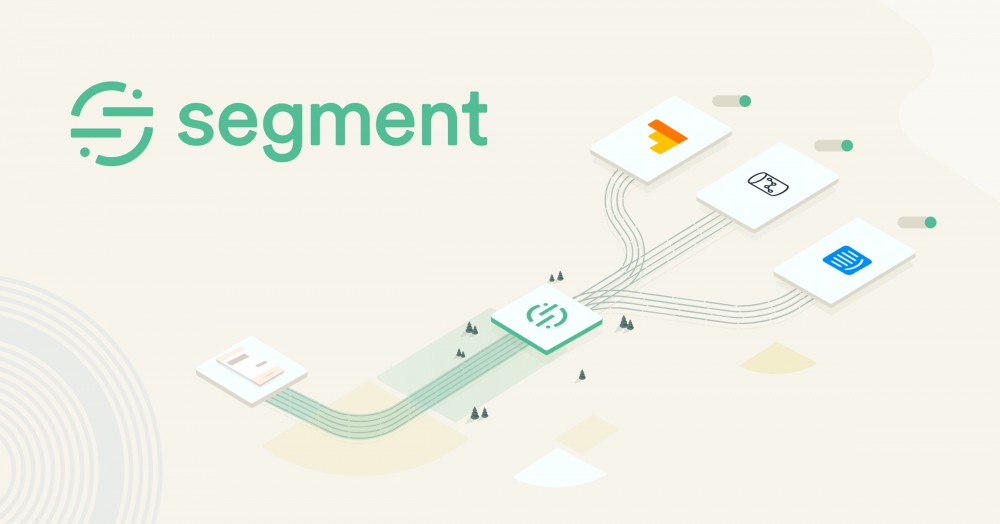Bad data is the number one enemy for data-driven companies. Although organisations are investing money and effort into eradicating it, it still presents a challenge. Decisions made on bad data can turn fatal for the business. But how can companies make sure they are aware of it and find ways to deal with it?
Last week, we had the pleasure to talk to Brantley Beaird, an EMEA-based Solutions Engineer at Segment, about their experience with bad data, implications from it, and what companies should do to fireproof their systems from it. Brantley will be leading the round table discussion on the topic “Implementing proactive, not reactive, data governance technology to address data quality” at this year’s Data 2020 Summit.
Hyperight: Please introduce yourself and your company. What does Segment do?


Brantley: I’m Brantley, a Solutions Engineer at Segment, the world’s leading Customer Data Infrastructure (CDI). Using Segment, companies can capture first-party data from every customer touchpoint, automatically consolidate that data into centralized profiles and audiences, and connect it to any business/marketing tech application that they need to run their business.
Hyperight: I noticed that on your webpage blog page you have some very interesting articles on how organisations can mitigate the consequences out of innovating through “bad data” – To start with can we define “bad data”. The first question to ask is what good is bad data?
Brantley: That’s a great question. We define “bad data” as data that is inaccurate, confusing, untrustworthy or inaccessible. It’s data that leads you to make the wrong decision or data leads to unintended consequences.
As for “what good is bad data?”, the answer is not good at all. Beyond being inaccurate and confusing, and potentially ruining the customer experience (ever received an email with the wrong name?), bad data is also costly. It can cost companies — especially enterprises — millions of dollars in lost revenue. In fact, a survey from Gartner last year showed that bad data costs enterprises $15 million a year on average.


Hyperight: We are familiar with the saying “garbage in – garbage out”. How can organisations make sure they spot any quality issues with their data on collection, rather than dealing with business problems as the aftermath?
Brantley: The biggest piece of advice I can give is that companies need to start treating data like a product. Data is not an afterthought or an addition to your business. In today’s digital world, it’s the lifeblood of your business — so we need to treat it that way.
Businesses must operationalize their data, making sure it’s monitored and maintained like a production-grade system. It’s the linchpin to running a successful business, touching everything from the customer experience to meeting sales goals.
Companies need to have the right data infrastructure in place, that allows them to have a central data governance strategy that stretches across every business unit and every product. This includes data standardization (making sure that everyone operates from the same central tracking plan) and building a culture around documentation (so no one is left guessing about your data practices).


Hyperight: How big a part does technology play in deploying data governance across the organisation and can we automate it?
Brantley: Most people think of data quality as a people and process problem. At Segment, we believe that it’s really a problem that is solved by technology. After all, even the most stringent processes are subject to human error and the complexities of large organizations.
That was the inspiration for Protocols, our data quality offering which offers data validation at point of collection and automated enforcement controls. Using Protocols, companies can actually enforce data quality proactively, as opposed to after-the-fact. It standardizes data collection across every business unit/aspect of an organization, and if there are any data errors (e.g., one business unit labels a data point as “UserSignUp” and another as “UserSignedUp”), Protocols will flag them as they happen, allowing a company to fix the problem proactively.
To learn more about Segment’s Customer Data Infrastructure (CDI) you can download their CDP Buyer Guide on the link below:














Add comment